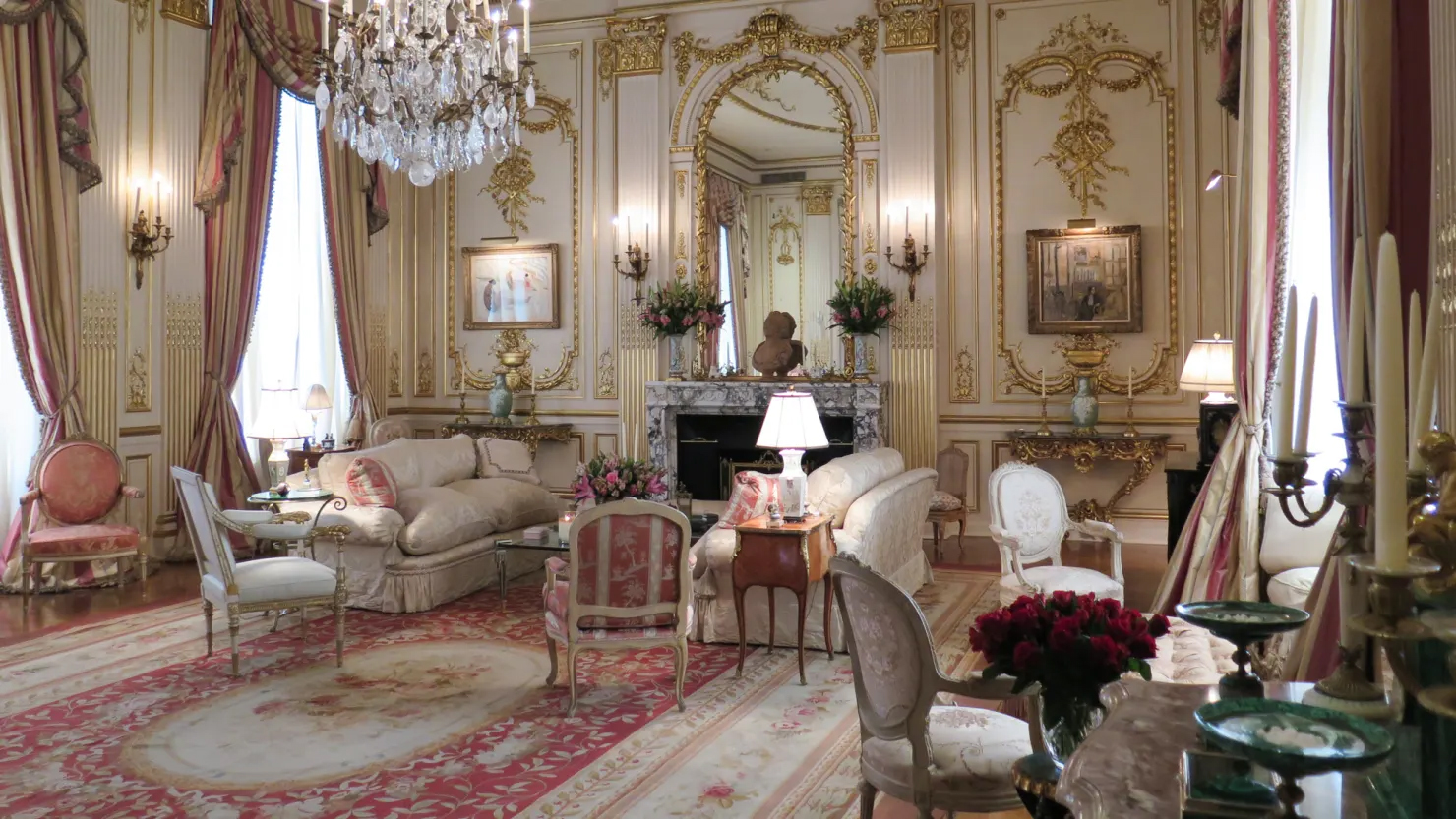People are always asking if solid wood furniture is better than veneered.
I always respond the same way each time.
Neither is better than the other.
In fact ‘veneering’ can be an indication of a very fine antique, depending on whether it’s veneered on a ‘solid core’ or ‘composite’ carcass. ( The latter usually found on mainly modern furniture )
There are so many other factors in determining a piece of furniture’s level of quality. Detailing, carving, type of wood used, joinery, age and condition should be considerations any time your purchase an antique or piece of furniture.
Did you know that veneering has been a common practice among fine cabinet makers for centuries dating as far back as the Egyptians?
At first antique furniture was made from solid wood, but as cabinet making improved, the technique of decorating furniture by applying veneers (thin sheets of wood which can be cut from the tree in several ways) developed. This was an economical way of using expensive woods, and allowed the maker to create decorative effects from the different grains and patterns (called figuring) of the wood.
Veneered furniture has a carcass (solid body) made from a different (usually less expensive) wood. This secondary wood, as it’s known, is most commonly pine or oak. I’ve seen mahogany used as the core wood on French antiques.
The first real vogue for veneered furniture came in the walnut period, 1680-1740, when the decorative effects of cutting veneers from walnut, laburnum, olive, tulipwood and so on, was appreciated. Originally these veneers were hand cut with a saw and were fairly thick – up to an eighth of an inch. They could be cut along the grain of the wood to give a straight, plain effect without much figure, or across the branches to form oysters.
Burr veneers were obtained by malformations of the grain due to injury, such as lopping. Mahogany veneers of great decorative effect were also much used from about 1745. From the Victorian period, paper thin veneers came into use and were obviously attractive because of the saving in wood. These days all modern veneered furniture is covered in these thin knife-cut sheets.
Veneering was used for the same reason then it is used today. Decoration. To decorate a piece of furniture to give it life and charm. Some of the most highest prized Antiques and Decorative furniture are intricately veneered to achieve the look and feel that the cabinetmaker desired.
Here’s a fact that might surprise you. ‘Solid Wood’ does not always guarantee a superior piece of cabinet making either.
Why? Because a solid piece of wood that isn’t ‘cured’ properly will have a markedly shortened lifespan. I’ve seen solid wood furniture ( usually manufactured off shore in dry, arid climates ) deteriorate within a very short period of time after purchase. Far Eastern factories produce furniture in bulk to keep the prices low. They simply don’t have the time needed to let wood cure properly.
So what is ‘curing’ you ask?
Curing means the wood has been dried slowly in a controlled drying environment until the moisture is depleted to a certain level. Around 6%. In some cases this process can take several years. In fact, some old cabinet makers that produced some the finest Antiques ever made left the wood to cure for an entire generation ( 50 years ) before ever touching it!
I hope this post has made you a little more aware of the differences between veneered furniture and solid wood furniture. Feel confident that most antiques are done with solid core, but not always. Always ask if a piece is ‘solid core’ rather than veneered or solid wood. A respectable dealer will be impressed by your knowledge.
For more information click on the links below for additional information on the craft of veneering.
Best Regards,
Mark LaFleur


